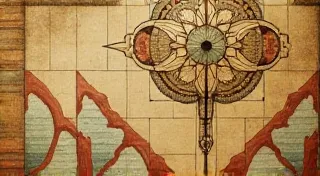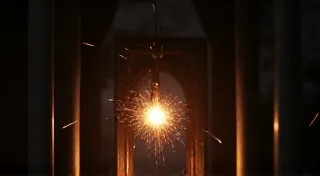The Page's Echo: Exploring the Psychological Impact of Using a Manual Machine
There's a quiet reverence that settles when you sit before an antique typewriter. It's more than nostalgia; it's a connection to a tangible past, to a time when writing wasn’t instantaneous or effortless. We’re so accustomed to the silent hum of electric keyboards and the immediate gratification of digital screens that the deliberate clack and resistance of a manual machine can feel almost revolutionary. This isn’t merely a matter of preference; it’s a profound shift in the writing experience, one that shapes not only the words on the page but also the writer's thought process and emotional state.
I remember the first time I encountered a fully restored Underwood No. 5. I'd been chasing a digital ghost – struggling to finish a short story that felt flat, lifeless, and rushed. The deadline loomed, the words felt hollow, and the frustration was mounting. A friend, knowing my plight, suggested I try a manual typewriter. “It might slow you down,” he’d said, “but sometimes, slowing down is what you need.” Little did I know how radically that single sentence would alter my creative journey. The Underwood, with its gleaming black finish and intricate mechanics, felt like a relic of a more considered age. Its weight alone spoke of durability and purpose.
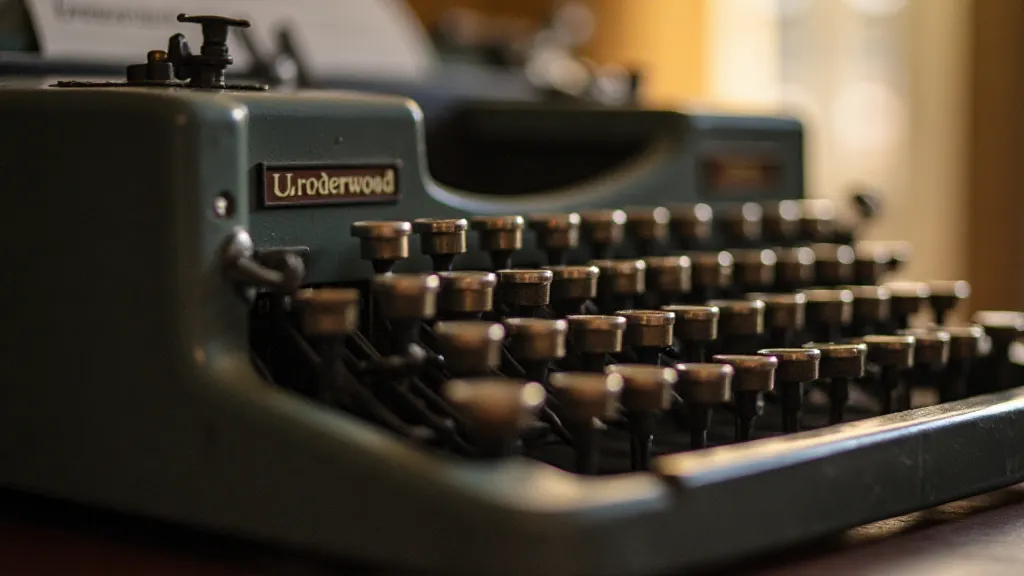
The Dance of Effort and Flow
The difference between a manual and an electric typewriter isn't simply a matter of power. An electric typewriter, though undeniably convenient, removes a crucial element from the writing process: the physical effort. Each keystroke on a manual machine demands a degree of force, a subtle engagement of muscles that simply isn’t present when pressing a digital key. This resistance isn't an impediment; it’s a catalyst. It forces you to think before you type. You’re less likely to impulsively spew out stream-of-consciousness drivel when you know each keystroke requires a commitment.
This deliberate pace, initially frustrating to someone accustomed to the effortless flow of digital writing, ultimately fosters a deeper connection with the words. You’re not just putting words on paper; you're creating them. The subtle pauses between keystrokes allow for reflection, a chance to reconsider phrasing and refine ideas. It's a form of active contemplation, a slow and considered shaping of thought into language. The electric typewriter tends to encourage a more linear, narrative flow. The manual machine invites digressions, moments of introspection, and a more nuanced exploration of the subject matter.
The resistance also subtly influences the rhythm of writing. Electric typewriters often encourage a faster, more staccato rhythm. Manual machines, conversely, tend to promote a more deliberate, almost lyrical cadence. This difference in rhythm can dramatically affect the tone and feel of the writing. A piece written on a manual machine often possesses a certain gravitas, a sense of weight and significance that's often absent from digital compositions.
Craftsmanship and the Legacy of an Era
The physicality of an antique typewriter extends beyond the effort of typing. These machines are testaments to a bygone era of craftsmanship. Each component, from the intricate typebars to the precisely engineered escapement mechanism, was painstakingly manufactured. The materials – sturdy metal castings, durable ribbon spools – were chosen for their longevity. When you’re restoring an antique typewriter, you're not simply repairing a machine; you're preserving a piece of history, a tangible link to a time when quality and durability were paramount.
Consider the Underwood No. 5, arguably the most iconic typewriter of its era. Introduced in 1900, it was a revolutionary design – the first to use the front-wheel drive mechanism that became standard. Its robust construction and elegant aesthetics made it a symbol of modernity and progress. Many of these machines survived decades of use, passed down through generations, each bearing the marks of countless stories told and letters penned.
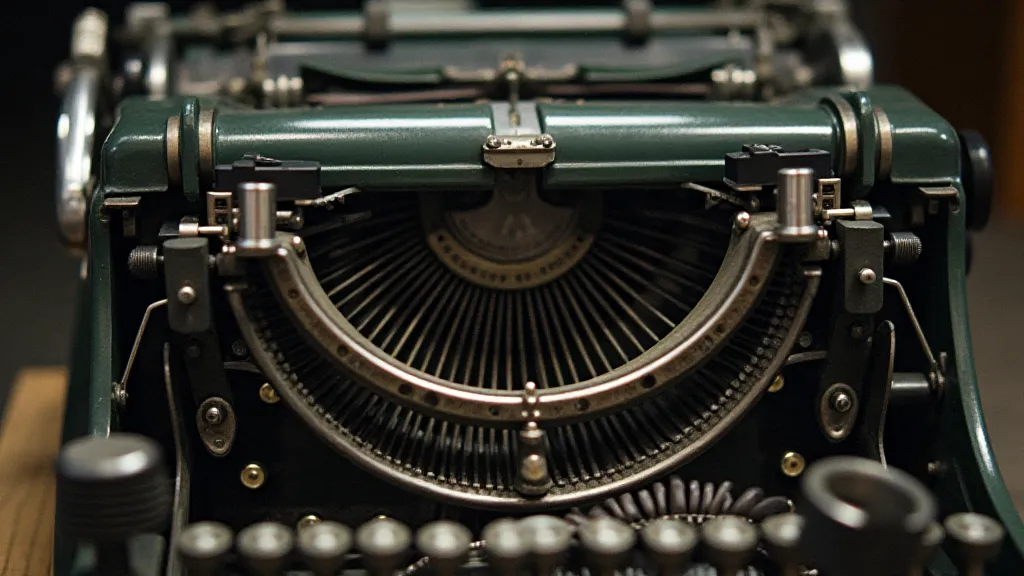
Restoring these machines is a labor of love. It requires patience, meticulous attention to detail, and a genuine appreciation for mechanical ingenuity. The cleaning, lubrication, and replacement of worn parts are all crucial steps in bringing a typewriter back to life. More than that, it’s an understanding of how these machines function, and an appreciation for the skill that went into their original creation. These skills, unfortunately, are increasingly rare, making the ability to restore an antique typewriter a truly valuable one. The satisfaction of hearing a restored machine clatter once more, knowing you're preserving a piece of history, is unparalleled.
The Tone and the Texture
The psychological impact of writing on a manual typewriter extends to the quality of the writing itself. The increased effort, the deliberate pace, and the tangible connection to the machine all contribute to a subtle but profound shift in tone. Writing on a manual typewriter tends to elicit a more thoughtful, introspective, and deliberate style. The words feel more considered, the phrasing more precise, and the overall tone more grounded.
There's also a certain "texture" to writing on a manual typewriter that's simply absent from digital compositions. The unevenness of the keystrokes, the slight imperfections in the type bars, and the subtle variations in ink coverage all contribute to a unique and distinctive visual quality. This texture adds depth and character to the writing, making it feel more authentic and genuine. The slight imperfections become a part of the story, a visual reminder of the human hand that crafted it.
I find that writing on a manual typewriter often unlocks a different part of my creative mind. The resistance, the physicality, and the deliberate pace all force me to slow down, to think more deeply, and to connect more intimately with my subject matter. The result is a writing that feels more authentic, more grounded, and more meaningful.
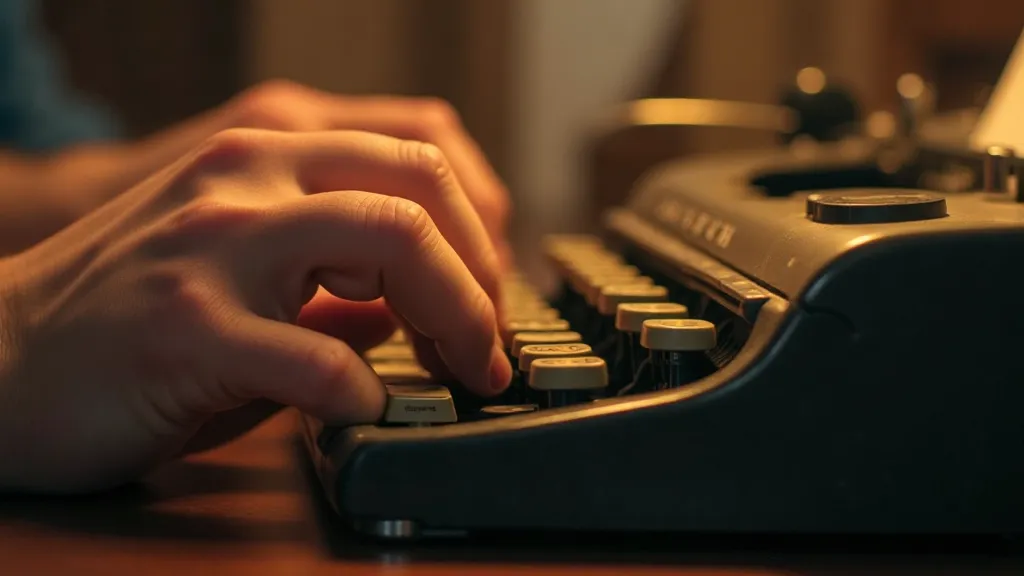
Perhaps the most profound impact of using an antique typewriter is the sense of connection it fosters – a connection to the past, to the craft of writing, and to the enduring power of the written word. It’s a reminder that writing isn’s merely a matter of putting words on a screen; it’s a process of creation, a dance between thought and expression, a journey into the depths of the human imagination.

